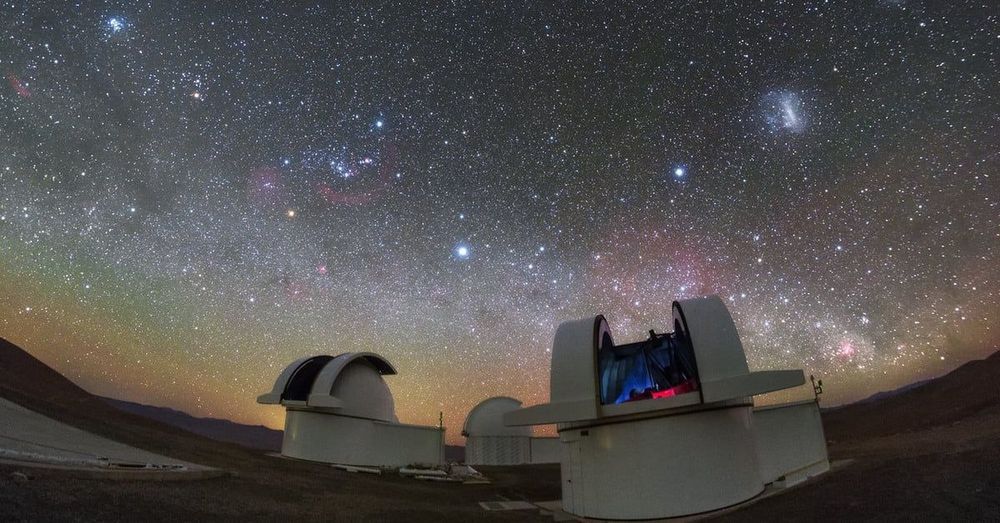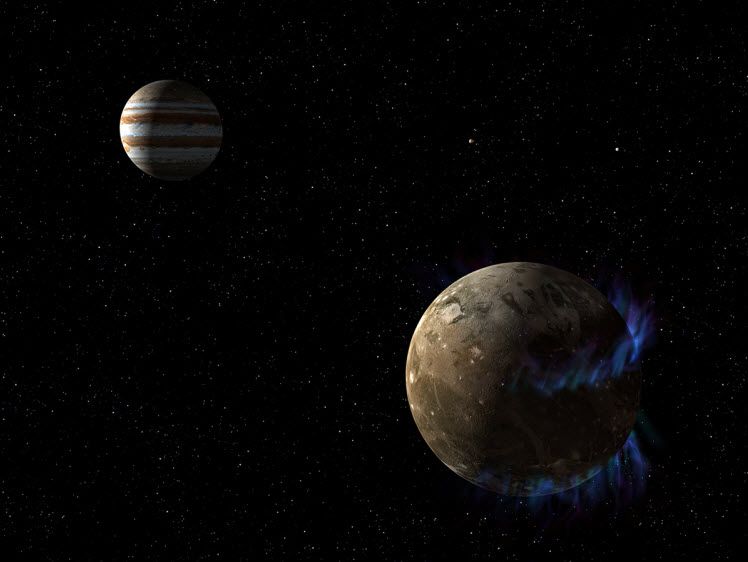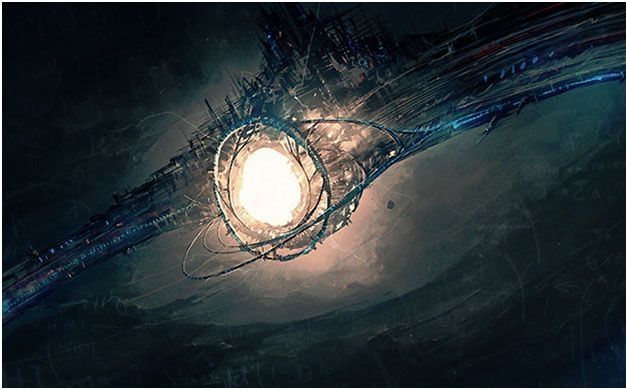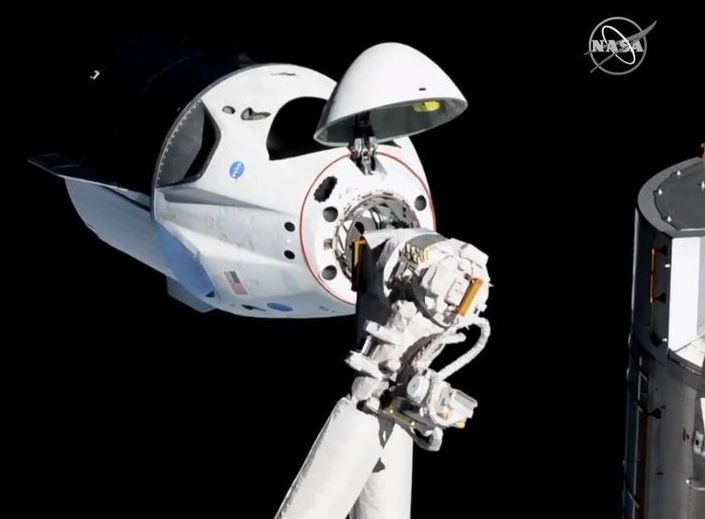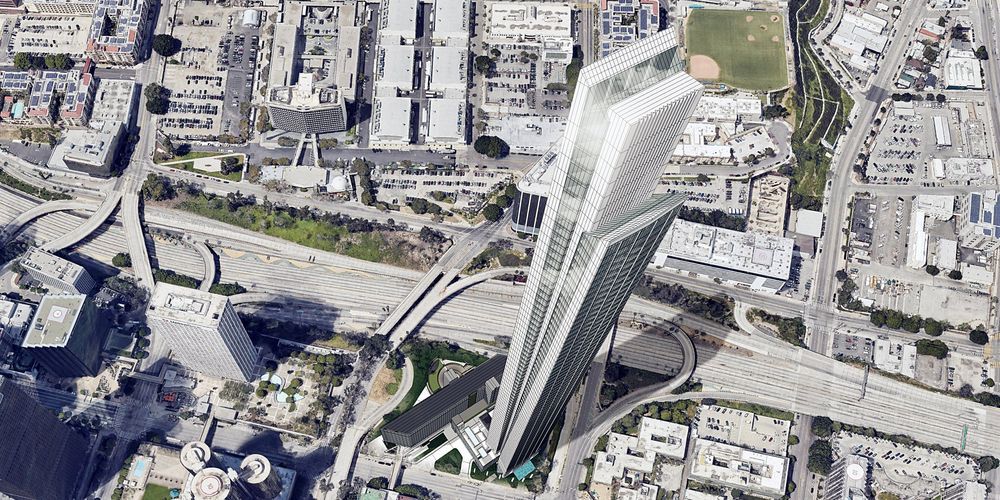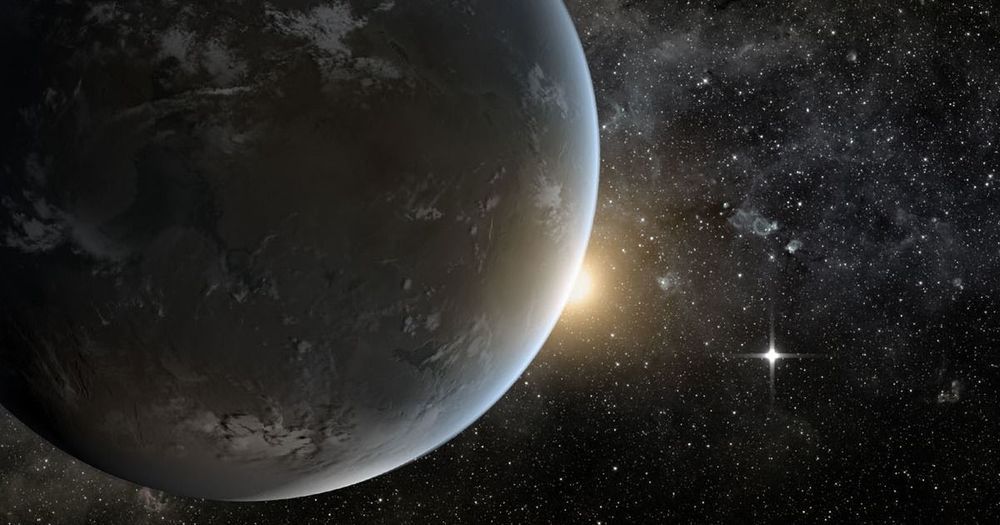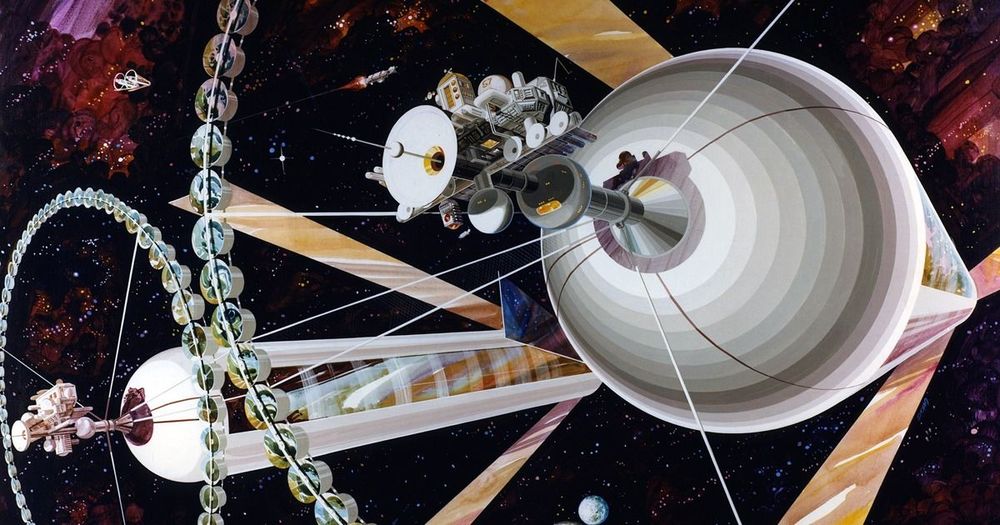The Atacama Desert in Chile has been a hotbed of astronomical activity of late. Not only is it the site of Martian environmental simulations to test rover capabilities, it is also home to an project called SPECULOOS (Search for habitable Planets EClipsing ULtra-cOOl Stars).
SPECULOOS is part of the ESO, the European Southern Observatory, and involves the use of four robotic telescopes for planet hunting. In particular, the telescopes look near to ultracool stars and brown dwarfs to search for Earth-sized exoplanets which can then be investigated in more detail by another telescope such as ESO’s forthcoming Extremely Large Telescope (ELT).
The four telescopes of SPECULOOS are named after Jupiter’s moons: Io, Europa, Ganymede, and Callisto, and each has a one meter primary mirror with cameras that are sensitive to near-infrared wavelengths. This accords with the type of light given off by the ultracool stars and brown dwarfs which are the telescopes’ targets.
